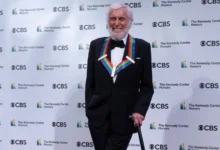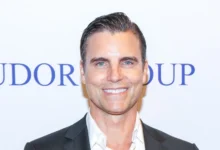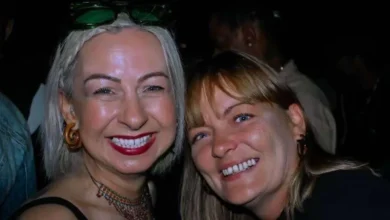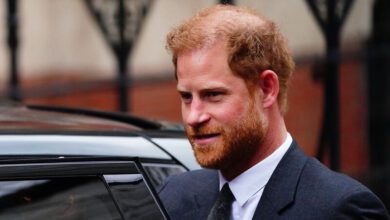The Crown season 6 part 2 review: Once-promising show’s potency lost in the shuffle
As the concluding six episodes make their way onto Netflix, marking the end of a saga that spans fifty years, Peter Morgan's drama is shadowed by the spectre of its former successes.
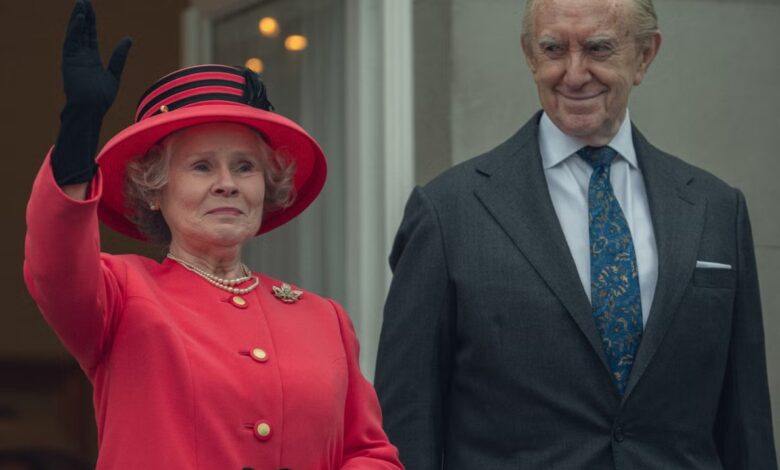

As “The Crown” approaches its conclusion, burdened not just by Peter Morgan’s aspirations but also by the weight of numerous controversies, we witness a haunted Queen. This time, it’s not Diana’s ghost that plagues her (that dramatic device was left behind in Part One); rather, it’s the pondering of what could have been and the paths not taken.
Imelda Staunton’s character contemplates who she might have become if she had lived as Elizabeth Windsor rather than reigning as Elizabeth II. Would a focus on family over formalities have altered her destiny? What if she chose to abdicate, akin to Uncle David? These musings unfold, even visualised with a surreal sequence featuring a grinning Tony Blair orchestrating his own coronation to the tune of D:Ream’s “Things Can Only Get Better”. This haunting scenario lingers, refusing to fade despite efforts to erase it from the mind.
In contemplating the series and its speculative scenarios, the most significant ‘what-if’ revolves around the show’s untapped potential. As the final six episodes conclude a fifty-year saga on Netflix, Morgan’s drama is overshadowed by its past glories. Once, these on-screen royals felt vividly human, but now they exist more as conduits for exposition and nods to present-day royal turmoil.
The younger generation of Windsors suffers in particular. Following Elizabeth Debicki’s portrayal of Diana, Morgan places her sons, especially Ed McVey’s Prince William, at the narrative’s core. McVey, an exceptionally talented actor, often grapples with dialogue that doesn’t fully showcase his abilities. His interactions with Harry (Luther Ford) occasionally feel contrived, reducing their nuanced sibling relationship to a bitter rivalry. Despite shared loss, tenderness between them is sparse, rendering them akin to posh Gallagher brothers hurling barbs at each other.
Moreover, many narrative arcs in these final episodes mirror previous storylines, creating a sense of repetition. William’s struggle with his royal role and the flocks of admirers feels rehashed, while the Queen’s difficulty connecting with a modernising prime minister revisits familiar ground. While Morgan takes jabs at New Labour, Lydia Leonard’s Cherie provides enjoyable candour, and Carvel captures Blair’s distinct voice adeptly, these reiterations lack the freshness of earlier explorations.
Thankfully, Morgan introduces the Middletons in episode seven, injecting a touch of camp humour into the series. An imagined encounter between a teenage William and his future bride feels slightly contrived yet adds a whimsical charm. Carole Middleton, portrayed by Eve Best, assumes a Mrs Bennet-esque role, nudging her daughter Kate towards the Prince. This injects a humorous and at times unintentionally exaggerated element into the narrative, reminiscent of images found in dedicated Diana fan groups.
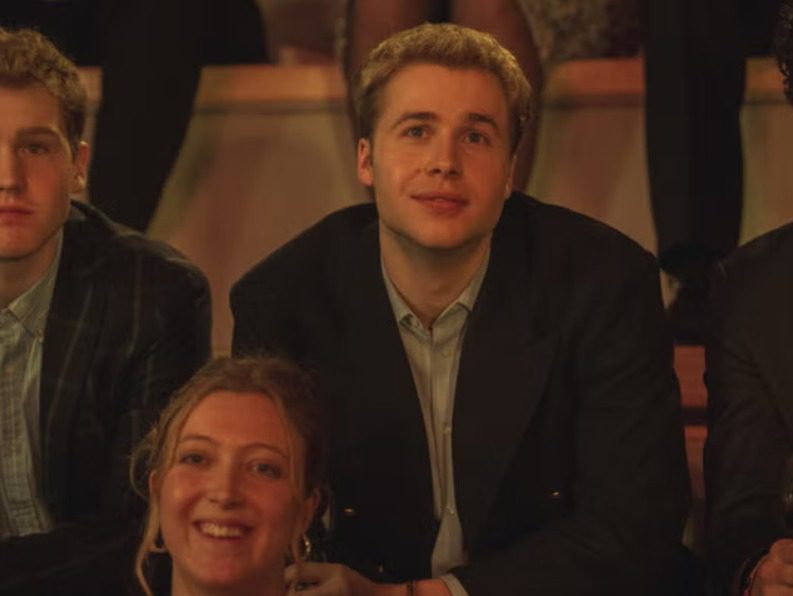

(Justin Downing/Netflix)
Wills’s new in-laws spark one of Staunton’s most memorable line deliveries. When her grandson solemnly reveals that his new girlfriend’s family hails from Berkshire, the Queen remains composed. “There’s nothing amiss with that – it’s where we house most of our horses,” she replies briskly. Yet, for the most part, we witness a contemplative monarch, slightly distanced from the events. In one poignant scene, she observes old recordings of past royal occasions flickering on a projector, reaching out to touch family members long gone or recently departed. It’s a touching moment, albeit somewhat diminished by the abrupt shift to Harry’s Nazi costume incident.
The emotional peak of the series arrives in an episode titled “Ritz”. Fortunately, it’s not a rehash of Diana’s final moments, but a flashback to a carefree night out for the young Elizabeth and Margaret at the war’s end, dancing joyously across a bustling dance floor. Their memories intertwine with a much sadder sight: Princess Margaret’s rapid health decline. Finally, the always captivating Lesley Manville is given more depth beyond just delivering occasional jabs from the corner; these parting scenes between Manville and Staunton rank among the series’ most heart-rending, a poignant nod to The Crown’s better days. Unfortunately, it’s a case of too little, too late.




